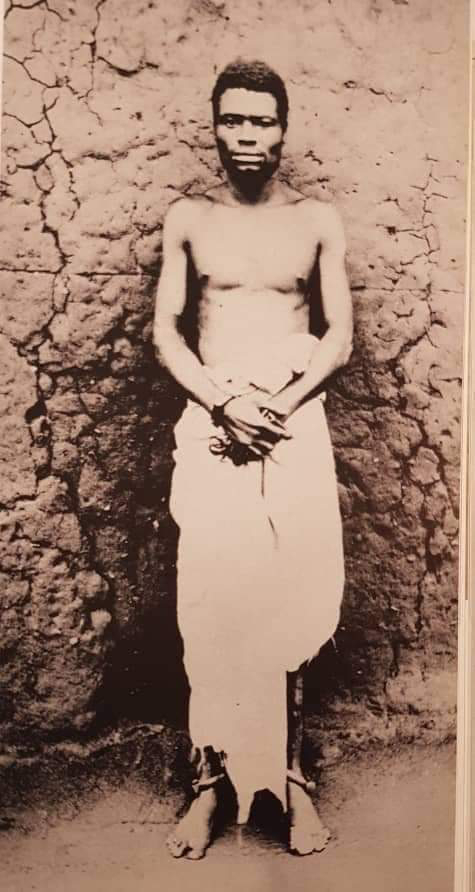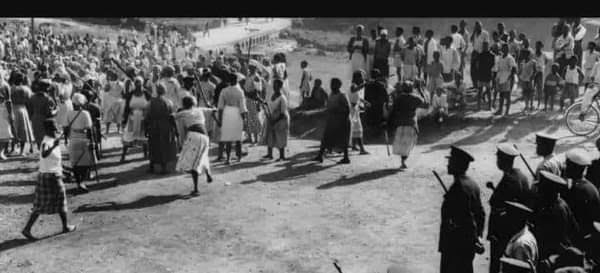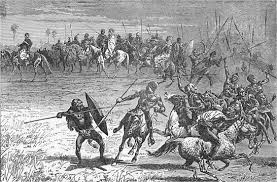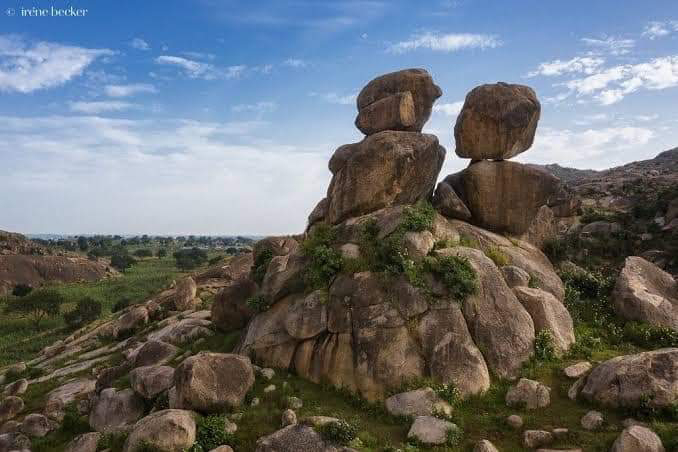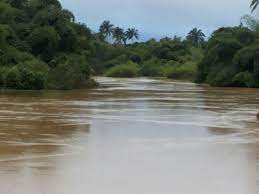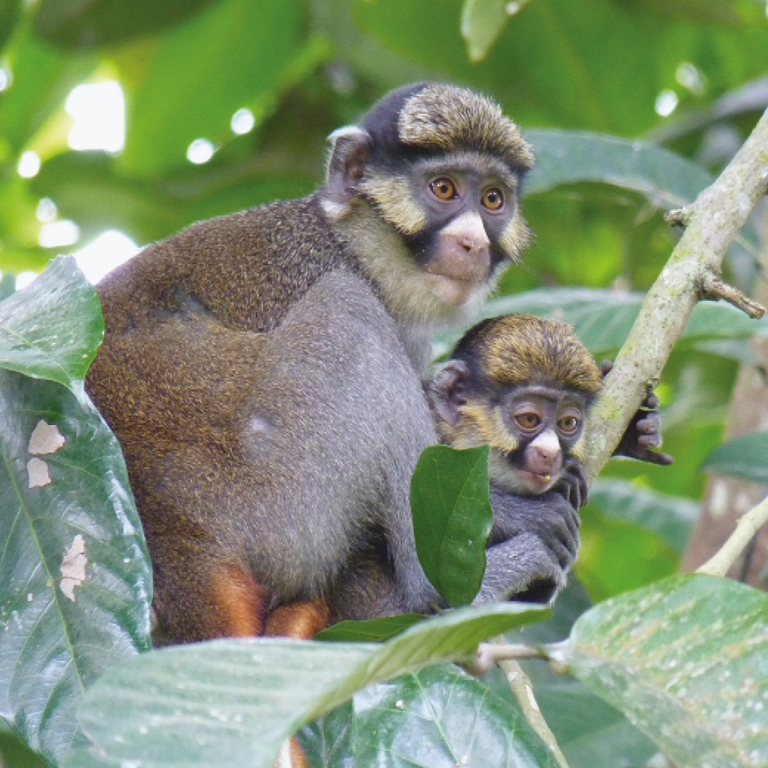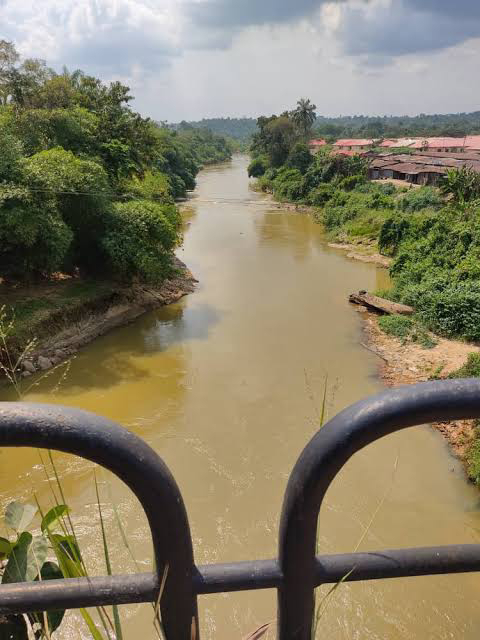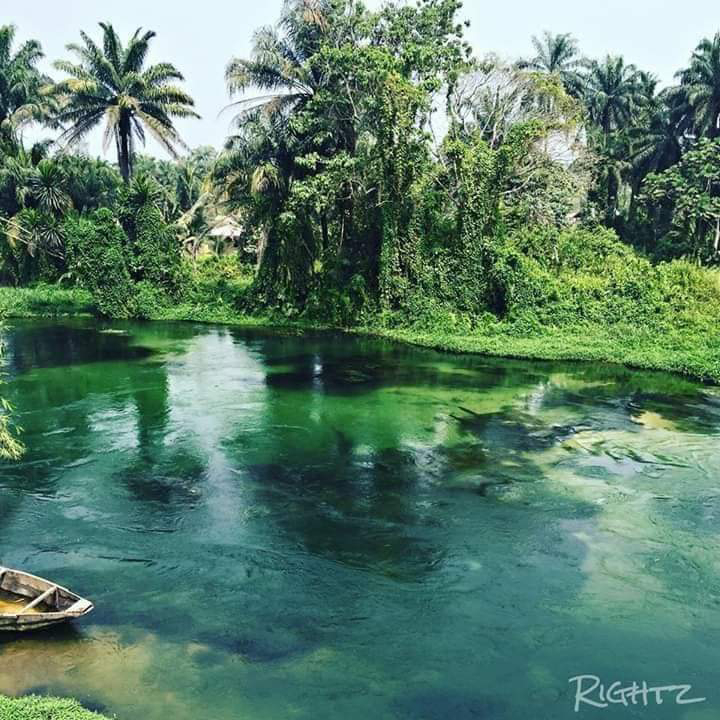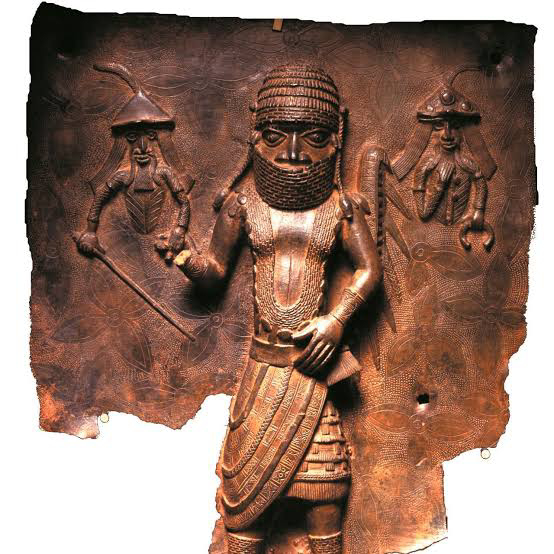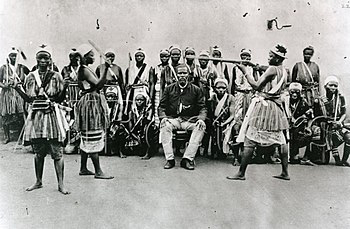The Otamiri River is a popular river located in Imo State, and it is one of the major rivers in Imo State, Nigeria. The river takes its name from Ota Miri, a deity who owns all the waters that are called by his name, and who is often the dominating god of Mbari houses. The river runs south from Egbu past Owerri and through Nekede , Ihiagwa , Eziobodo , Olokwu Umuisi, Mgbirichi and Umuagwo to Ozuzu in Etche , in the Rivers State , from where it flows to the Atlantic Ocean. The length of the river from its source to its confluence at Emeabiam with the Uramiriukwa River is 30 kilometres (19 mi). The Otamiri watershed covers about 10,000 square kilometres (3,900 sq mi) with annual rainfall of 2,250 to 2,500 millimetres (89 to 98 in). The watershed is mostly covered by depleted rain forest vegetation, with mean temperatures of 27 °C (81 °F) throughout the year. Conversion of the tropical rainforest to grassland with slash and burn practices i
